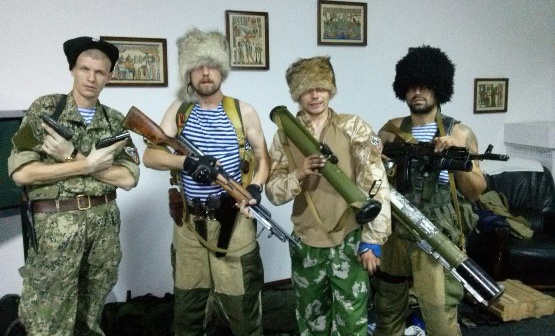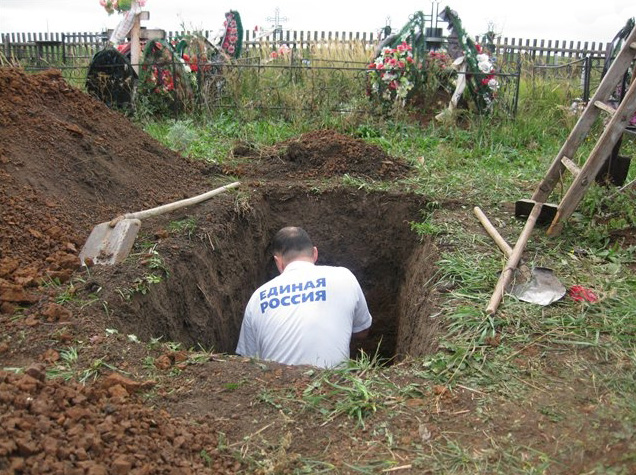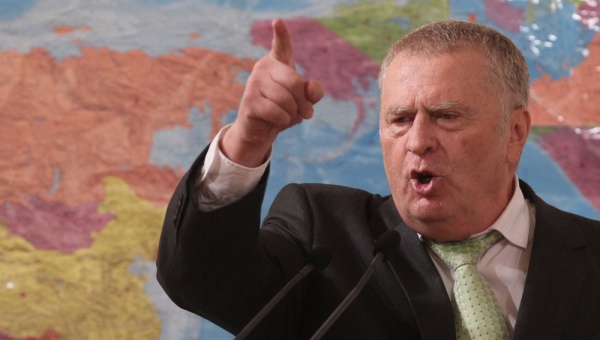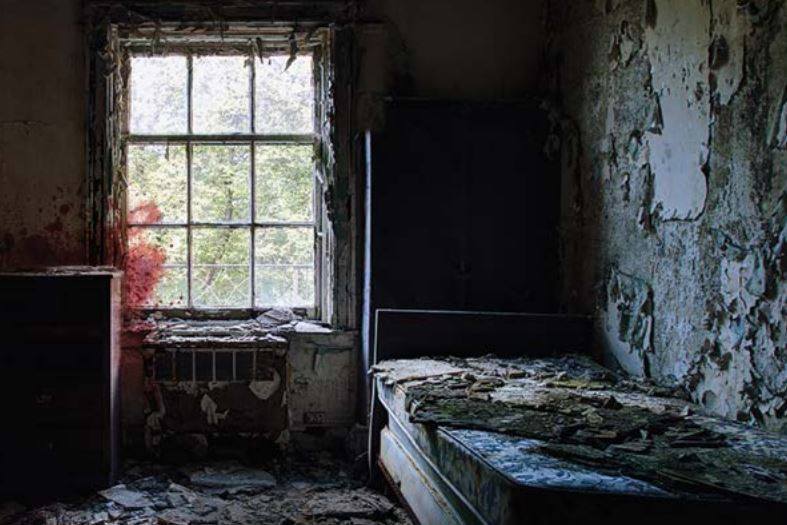Recent reports that Moscow is deploying Cossack groups along the Russian-Ukrainian border near the Kharkiv, Sumy and Chernihiv regions of Ukraine are extremely worrisome, as the Kremlin ostensibly used similar units in its initial invasion of southeastern Ukraine in 2014. Such revelations may presage a new Russian move against Ukraine and be intended as an attempt to muddy the waters about who is behind any aggression. But at the same time, they are the latest sign that the Kremlin wants to have groups with which it can maintain a certain plausible deniability when engaging in destabilizing or aggressive operations both internationally and within the Russian Federation.
In late March, Oleksandr Belokobylsky of Radio Liberty’s Ukrainian Service reported that Moscow had dispatched Federal Security Service (FSB) specialists on Cossack affairs to prepare new paramilitary formations and to integrate them into existing Russian Army forces, so as to provide them with professional military training (Radio Svoboda, March 26). According to Belokobylsky, last autumn, President Vladimir Putin effectively signaled the importance of the Cossacks in these and other domestic and foreign siloviki (security services) operations by naming Ataman Nikolai Dolluda as their overall commander. Notably, Dolluda was actively involved in the annexation of Crimea six years ago (Yuga.ru, Yugtimes.com, November 5, 2019).
Moscow used Cossacks in Crimea as well as Donbas and has promoted the inclusion of “Cossack” units in the Russian military at various points over the past five years to address the problems of the declining size of the Russian draft pool. However, the new alarm sounded by the Radio Liberty journalist appears to be based on the claims of an anonymous Ukrainian telegram channel, @UkraineHack. This channel said a few days earlier that Cossacks are now going to be brought into the Russian military as professional soldiers with their own units and suggested that they will be playing an expanded role in Donbas and elsewhere (see EDM, March 7, 2018; Kazak-edinstvo.ru, March 30, 2018; Rodkray31.ru, July 29, 2019).
Understanding what is going on and what is at stake requires recognition that the most important divisions among Cossacks today are not among the traditional “hosts” like the Don, Kuban, Terek and so on that defined Cossack life for much of the imperial period. Rather, today’s divisions are between the descendants of these historical communities (who number several million) and the officially registered “Cossack” organizations set up by the Putin regime. The official organizations are Cossack in name only and have been used against the Kremlin’s opponents domestically and abroad.
The genuine Cossack groups—as opposed to the state-created Cossack units—are currently pressing hard to be listed as a separate nationality in the 2020 Russian census (Nazaccent.ru, December 17, 2019). These genuine Cossacks only this week achieved a signal victory when a Krasnodar court reaffirmed the right of an individual previously listed as an ethnic Russian to declare himself an ethnic Cossack (Vkpress.ru, April 3).
Trending Now
Such moves are a threat to the Kremlin’s promotion of ethnic Russians as the unique “state-forming” nation in the country by potentially cutting its numbers by a million or more. To counter such efforts at Cossack self-determination, Moscow has been playing up the role of its “registered” Cossacks, who invariably declare that they are “a military stratum” of ethnic Russians. The Kremlin has assigned them ever more responsibilities related to domestic control, including sending Cossacks to break up demonstrations and provide them with more money and status to try to attract others to their ranks (see EDM, August 9, 2018 and March 18, 2020).
Even as Moscow has boosted its “Cossacks” at home and abroad, the government has tightened its control over them, underscoring their status as creatures of the Kremlin rather than a nation (see EDM, July 18, 2019). Some experts have suggested this has been the objective from the beginning (Lenta.ru, November 7, 2012). Consequently, if Moscow does use its registered Cossacks either to beef up the occupation forces in Donbas, as it already has done, or launch a new round of aggression, these “Cossacks” will be fully under the control of the Russian government and not independent actors (see Commentaries, July 16, 2019).
The Kremlin’s reasoning for adopting such a strategy is obvious: the largest historical Cossack communities overlap with what is now the Russian-Ukrainian border. Moscow, in using Cossacks, can promote the idea that these are really people from Ukraine who want to escape from Kyiv’s “Ukraine-centric” approach. Such notions are fully consistent with Putin’s insistence that what is taking place in eastern Ukraine is a civil war rather than a Russian invasion, a position that all too many people in the West have accepted as plausible or at least as a view that they must consider.
This latest report about Moscow’s use of “registered” Cossacks does not mean the Russian government is definitely about to launch a new round of aggression. It may simply be facing difficulties manning units in areas it now occupies. But the appearance of such “Cossack” units, with the plausible deniability they provide, is certainly an indication that Moscow may deploy them to sow confusion if and when it does decide to again ramp up its aggressive attacks against Ukraine.
Read More:
- Russia’s Cossacks form their own autocephalous church, one in which they won’t be ‘slaves of God’
- Don Cossacks reinforcing Russian & local troops in the Donbas
- Could Putin’s pseudo-Cossacks on Belarusian border become ‘the little green men’ in Belarus?
- 83-86% of the Black Sea Cossacks in Kuban region were Ukrainian
- New dig in Chyhyryn sheds light on a page of Ukrainian Cossack history
- Russians far more imperialist now than they were in Soviet times, Cossack historian says
- Why Ukrainians keep voting for the wrong people
- Moscow diplomats said behind formation of militarized Russian and Cossack groups in US
- Moscow’s attacks on Cossacks show limits of Putin’s ‘reconciliation’ program
- Putin’s war in Ukraine keeps Moscow from addressing Cossack genocide of 1920s
- Russian neo-Cossacks hold military parade near Luhansk




